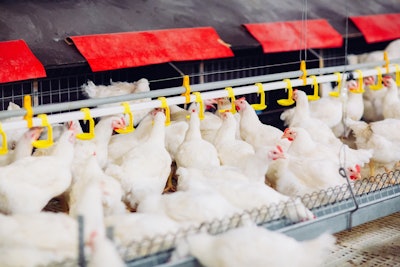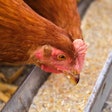
Artificial intelligence (AI) and machine learning could analyze poultry blood biomarkers to detect potential performance and health challenges, leading to more proactive, data-driven decisions about bird nutrition.
“This technology uses machine learning to take all the data that’s collected – not just blood data, but also seasonality, the breed, the sex of the bird and other metrics – and feed it into the neural network technology that makes predictions and then beyond that even prescriptive type of diagnostics,” explained Matthew Livingston, Verax business development manager, dsm-firmenich.
“It’s not just what’s going on with the bird, but what can we do to improve it based on everything we know.”
Blood biomarkers and machine learning
Machine learning and AI can monitor trends and changes in blood biomarker levels, which serve as an early indicator of potential diseases of the bird. Examples of blood biomarkers include calcium, sodium chloride, protein, hemoglobin, etc.
Inputting information about the biomarkers into a neural network helps train the technology. Neural networks, a form of machine learning, uses AI to teach a computer to process data like the way a human brain would.
In other words, as the neural network learns on a model or blood biomarker dataset, it can then highlight and even predict when indicators of broiler health issues nutritional deficiencies start to appear in a flock in real-time. The technology can also recommend nutritional strategies to help manage bird health based on that data.
Producers can use this early warning system to proactively make feed and other management changes to prevent outbreaks before they start.
“In an ideal world, we do this about four times a year. We do know that we have seasonality differences, especially with thins like electrolytes and heat stress,” Livingston said. “The machine will show us the pattern. It may be things that are obvious, but there’s always a handful of things that we didn’t even think of logically.”


















